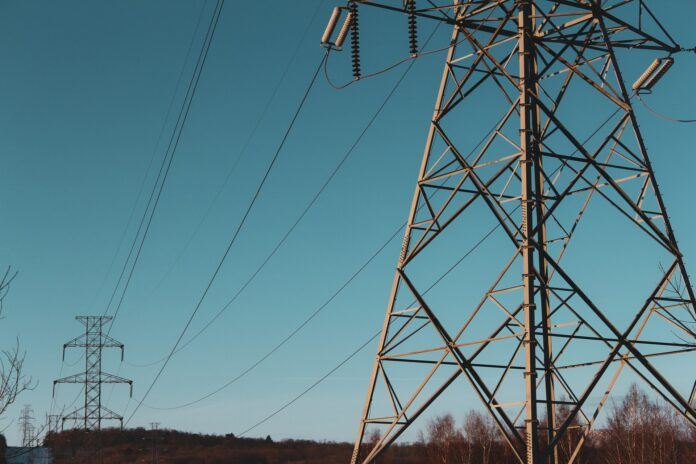To keep things simple, we define non-renewable energy as a source of energy that runs out. Despite their lengthy lifespan, they will ultimately deplete, and as fewer reserves remain, they will become too expensive or contaminate the environment.
Renewable energy sources, on the other hand, are the world’s successors. They can renew spontaneously in a relatively short period of time. Nonrenewable energy can be derived from a finite source. Keep in mind that the term “extensive” relates to the human scale. This is due to the fact that certain natural processes, such as coal buildup to produce oil, took 500 million years to evolve.
Of course, coal may be called renewable energy since oil is created when organic matter degrades. However, not on a human scale. In other words, the oil that we are now depleting will be unable to renew as rapidly as human existence requires it.
Non-renewable energy, in general, is energy that is derived from some form of fuel (oil, uranium, coal …). Renewable energy, on the other hand, makes use of different forms of energy resources (wind energy, solar radiation, tidal energy, hydraulic energy, etc.). It is predicted that renewable raw resources such as hydrogen will be used in fuels in the near future.
Non-renewable Energy Sources, What Are They?
The non-renewable energy sources include various types of coal, oil and natural gas, radioactive elements.
Non-renewable Energy Sources – Coal And Peat
If someone does not smoke in the furnace himself, then the coal may have one form for him. Meanwhile, there are:
- hard coal – its formation was due to two geological epochs: Permian (lasting from 298.9 ± 0.15 to 252.17 ± 0.06 million years ago) and Carbon (lasting from 358.9 ± 0.4 to 298, 9 ± 0.15 million years ago). As you can see for the reappearance of carbon in our lifetime, there is no need to wait for the long duration of the process.
- Lignite – was created later than hard coal. It is not so tightly pressed, and thus – energetic. Burning it causes the emission of more pollutants than as a result of burning hard coal,
- Peat – is even more “fresh coal” than brown coal. It is not strictly classified as a type of coal, but it is the material for its creation. After waiting millions of years, peat turns into lignite and then into hard coal. Burning peat pollutes the environment even more than burning brown coal. The calorific value of peat is lower than that of brown coal.
Non-renewable Energy Sources – Crude Oil And Natural Gas
We discuss them together as they most often occur together:
- crude oil – is a mixture of hydrocarbons. It was created from plant and animal remains. Crude oil is used to obtain not only gasoline and diesel oil but also: oils, paraffin, lubricants, asphalts, mazut.
- Natural gas – occurs in deposits along with crude oil. It mostly consists of methane. Natural gas is odorless and only for safety reasons is odorized before being pumped into the pipelines.
Non-renewable Energy Sources – Radioactive Elements
Uranium – occurs in uranium ores in concentrations that justify mining. In the process of enrichment, the concentration of the 235U isotope increases. Enriched uranium is used in the construction of atomic bombs and as fuel in nuclear reactors.
Non-renewable Energy Sources – Advantages.
- Non-renewable energy sources are among the raw materials whose conversion into energy is a Non-renewable energy source make it possible to obtain energy relatively cheaply. All you need is a fire or a “goat” and we can warm ourselves.
- very well-known technology.
- Non-renewable energy sources, with the exception of peat, are high-calorie energy resources.
In some applications, non-renewable energy sources are unrivaled. A nuclear-powered submarine has range and duration limited more by food supplies and crew endurance than by fuel.
Plants in which non-renewable energy sources are obtained and processed are a workplace for many people. Replacing some of the energy they produce by, for example, home photovoltaic power plants will reduce employment in the mining and energy sectors.





